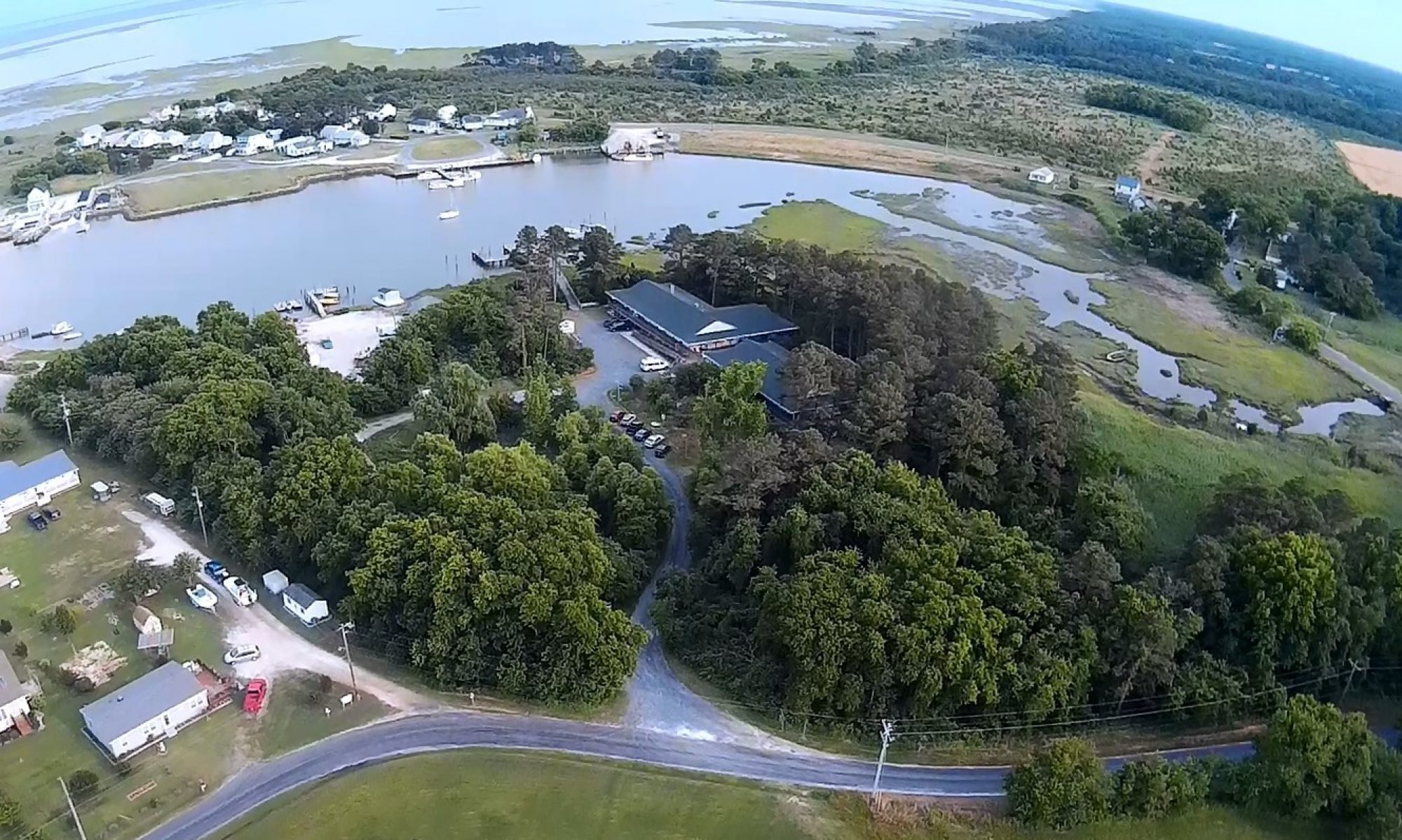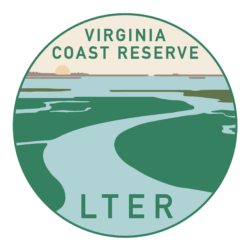- VCR LTER site Video Flyby
- Salt marsh elevation, erosion, and inland migration
- Upper Phillips Creek Marsh
- Preventing coastal erosion (2017)
- Seagrass
- Beaches + barrier islands
- Stream chemistry
- Information Management
- Introduction to Information Management at the VCR/LTER (Powerpoint Version)
- Intro. to Data Archiving Powerpoint (with sound)
- ILTER Information Management Workshop, 2000 Available in Windows Media Player format.
- Collaborations
- Training videos
- Brief Clips
- An informal introduction to the Virginia Coast Reserve LTER Research sites Windows Media (This video is a download. It is also available as Quicktime MP4 HERE.)

